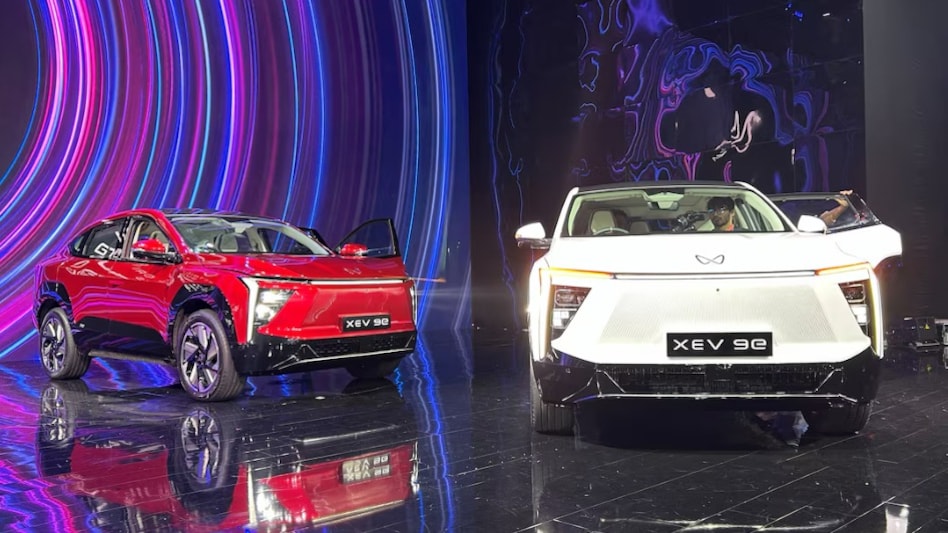 IndiGo and Mahindra Electric fight it out over trademark
IndiGo and Mahindra Electric fight it out over trademark IndiGo and Mahindra Electric fight it out over trademark
IndiGo and Mahindra Electric fight it out over trademarkSo, what’s in a trademark you might ask? It means a lot if one is speaking of IndiGo, India’s largest airline by a distance and Mahindra, a name in the automobile space. The two companies are locked in a battle over 6e and 6E.
Mahindra, that unveiled is electric origin SUVs, with the BE 6e and XEV 9e brands late last month, quickly ran into an issue with Indigo, that has used the 6E prefix since the time it launched operations in July 2006.
Through a press statement, Mahindra made it clear that it “has applied for trademark registration under class 12 (vehicles) for BE 6e as a part of its electric origin SUV portfolio. The mark BE is already registered with Mahindra in Class 12, and it stands for our born electric platform underpinning the BE 6e.” It also maintained that Mahindra’s mark is BE 6e and not the standalone 6E. Although Mahindra has decided to brand its products “BE 6”, it said that the claim made by IndiGo “is baseless and if not challenged, will set an unhealthy precedent of monopolising alpha-numeric 2-character marks, despite our mark being distinctive and different.” Mahindra will also “strongly contest this in court and reserves its right to the brand name BE 6e.”
Understandably, the development between two very large brands has provoked a debate on trademarks and its implications. According to Harish Bijoor, CEO, Harish Bijoor Consults Inc, it comes to how it is written and used. “In the case of 6E or being sexy, that is IndiGo’s property. If it sounds like sexy or said, then there is a problem,” he explains. That said, Bijoor points out that ‘IndiGo is not occupying a house in the cloud” and that it is a generic name. For instance, Indigo is a brand in the paints industry or how Amul, a name in the dairy industry is also sold as an innerwear. “What is not generic is the manner in which it can be used.” In a highly competitive scenario, trademarks have become even more critical. “If more people start to use 6E, it does affect those who originally created it. For IndiGo, its brand property comes with a font, how 6E is used playfully, the bag among other things.”
For its part, Mahindra’s statement outlines how its brand fundamentally differs from IndiGo’s 6E, “which represents an airline, eliminating any risk of confusion.” It goes on to say that the distinct styling further emphasises its uniqueness and that “our registration application is for an entirely different industry sector and product and hence do not see any conflict.” Interestingly, Tata Motors had objected to InterGlobe (IndiGo’s parent) since they had a Tata Indigo car brand. “InterGlobe continues to use the mark IndiGo in a different industry and business. We therefore find their objection to BE 6e to be inconsistent with their own previous conduct,” adds Mahindra’s statement.
Sandeep Goyal, Managing Director, Rediffusion, asks if the 6E combination is registerable. “IndiGo may well have secured the IP, except that the trademark may not extend to automobiles,” he says. Mahindra, he believes, must have done its homework before using 6E. “It is too much in the public domain to risk unless it was unfettered and cleared by their lawyers. 6E as a numeral plus a letter of the alphabet is not ownable by any single entity as it is a common domain combination. It can be trademarked for certain categories but cannot be appropriated across categories,” explains Goyal. Clearly, this battle is far from over as it moves to the courts. “Today the IP regime on brands is a very serious business and one needs to be careful,” sums up Bijoor.